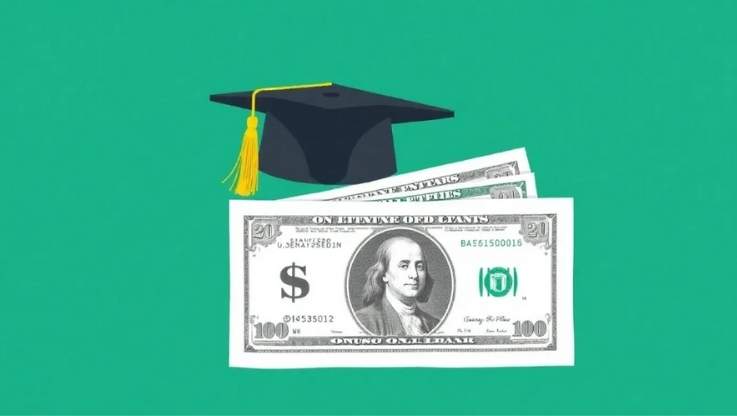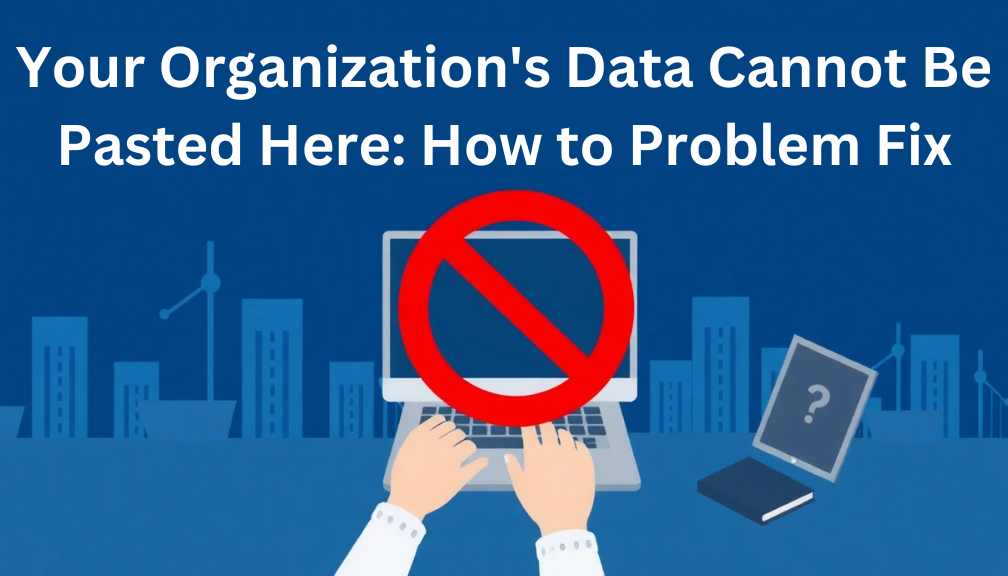Traceloans.com Student Loans Guide: Understanding how to obtain and repay student loans can be confusing. Traceloans.com offers clear and concise guidance for student loan repayments.
Traceloans.com student loans: What are they?
Traceloans.com is a platform that provides information about student loans. The platform helps students understand their loan options, manage repayments, and apply for funding. Traceloans.com is not a lender. It provides users with accurate financial information that helps them to make well-informed decisions.
It covers important topics such as choosing the right repayment plan and comparing different loan options. The platform’s main goal is to help users manage their student loans efficiently and avoid common pitfalls.
Traceloans.com student loans: What you need to know
Understanding the different types of loans, their eligibility criteria, and how they will affect your financial situation is important before borrowing.
Traceloans.com student loans come in many different types.
Federal Student Loans
The U.S. Department of Education issues these loans, which are preferred because of their low interest rates and flexible repayment options. Federal student loans come in different forms:
- Direct-Subsidized loans are available to students who have financial needs. While you’re in school, the government will pay your interest.
- Direct unsubsidized loans are available to undergraduate as well as graduate students. Interest begins to accrue the instant the loan has been disbursed.
- Direct Plus Loans : These loans are available to graduate students or parents with dependent undergraduate students. A credit check is required.
- Perkins Loans : This program is no longer available, although existing borrowers are still repaying the loans under old agreements.
Traceloans.com Private Student Loans
These loans are provided by private lenders, such as online financial institutions, banks and credit unions. Unlike federal loans, private loans:
- Many require either a high credit score, or co-signer.
- Rates may be variable or fixed, and higher than the federal rate.
- Offer no income-based repayment programs or loan forgiveness.
The Right Student Loans from Traceloans.com
Consider the following before borrowing:
- Calculate Your Needs: Determine how much money you will need to borrow, after considering tuition, housing costs, books and other expenses.
- Comparison of Loan Options: Compare interest rates, repayment options, and borrower advantages.
- Prioritize Federal Loans:
- Understanding Loan Terms : Understand the loan terms, including repayment periods and interest rates (fixed or variable).
- Calculate monthly payments: You can use online calculators to estimate your repayment obligations after graduation.
Manage Student Loans while in School
Students often fail to make repayment plans while still at school. You can reduce your student loan debt by following these tips.
- Only Borrow What you Need Avoid borrowing more than what is necessary.
- Get free money by applying for grants and scholarships.
- Part-time Work A part-time position can reduce debt and help you cover your expenses.
- Pay Interest Early If you can, make payments while still in school. This will reduce the total cost of repayment.
- Budgeting Tools Track your expenditure to avoid unnecessary debt
Traceloans.com Repayment Strategy
Standard Repayment Plan
The borrower makes fixed monthly payments for a period of ten years. The plan is perfect for people who are able to afford monthly payments but want to reduce interest costs.
Gradual Repayment Plan
The plan begins with a lower payment per month, which increases every two years. This plan is ideal for people who expect to see their salary increase over time.
Plan de Repayment Based on Income
Federal loans are available with income-driven repayment schemes that adjust the monthly payment based on family income.
- Income Based Repayment: Maximum of 10-15% discretionary income.
- PAYE: A typical 10% of income is forgiven after 20 years.
- Revised pay as you earn (REPAYE), : similar to PAYE, but open to all borrowers.
- Repayment Contingent on Income (ICR).: In general, 20% of your discretionary income.
Traceloans.com Loan Forgiveness Programmes
- Public Service Lending Forgiveness: For employees of government or nonprofit organizations who have made 120 payments.
- Forgiven Teacher Loans: Teachers in low-income school can receive up to $17.500.
- Perkins Loan Cancellation is available to some professions, such as educators, nurses and public defenders.
- Loan forgiveness based on state : some states have loan forgiveness programs available for those who are in professions with high demand.
Refinancing & Consolidation
A refinance involves replacing existing loans with a loan that has a lower rate of interest. Consolidating federal loans allows for borrowers to consolidate multiple loans, simplifying repayment while potentially increasing the total amount of interest.
How to avoid student loan traps
Most borrowers are guilty of mistakes that lead to an increase in their debt. How to avoid the most common traps
- Do not read loan terms Always check the small print when borrowing.
- Missing Payments : Late fees and damage to credit can result from missed payments.
- Do not ignore income-driven plans If you are having difficulty making payments, consider other options.
- Do Not Refinance When It Is Beneficial Refinancing is beneficial because it can reduce interest rates.
- Beware of Student Loan Scams.
FAQs (Frequently Asked Question)
1. Traceloans.com is a direct lender.
Traceloans.com does not provide loans directly. It is a platform of information that helps the borrower understand their loan options. This platform does not offer loans.
2. What is the process for applying for a federal loan to pay off my student debt?
Fill out the Federal Student Aid Application (FAFSA), at the official website to apply for student loans.
3. How do federal student loans differ from private student loan?
The federal government funds student loans, which are often lower-interest and have flexible repayment terms. Banks and other lenders offer private loans, which are typically more credit-restrictive.
4. Student loans can be forgiven.
You can forgive federal student loan debts under certain programs, such as Public Service Loan forgiveness (PSLF), or Teacher Loan forgiveness. In general, private loans do not have forgiveness options.
5. What are the ways I can lower my monthly student loans?
Refinancing at a lower rate or increasing your repayment period can help you lower your monthly student loan payment.
6. How can I refinance student loans?
Private lenders can help you lower your interest rate. Refinancing federal loan means that you will lose federal protections, such as income-driven repayment programs.
7. What will happen if I fail to make a payment on my loan?
In severe cases, missing a payment on a loan can result in late fees and damage to your credit rating. If you are having trouble making payments, contact your lender.
Conclusion
Traceloans.com provides students with essential information to help them navigate the complicated world of student loan repayments. Students can secure a bright financial future by understanding the types of loans, strategies for repayment, and common pitfalls.
Also Read: Traceloans.Com Mortgage Loans That Unlock Exceptional Savings


